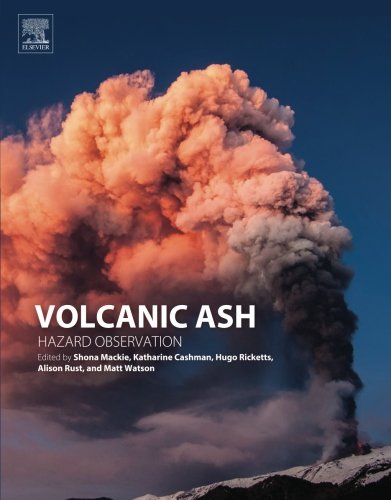

Most ebook files are in PDF format, so you can easily read them using various software such as Foxit Reader or directly on the Google Chrome browser.
Some ebook files are released by publishers in other formats such as .awz, .mobi, .epub, .fb2, etc. You may need to install specific software to read these formats on mobile/PC, such as Calibre.
Please read the tutorial at this link: https://ebookbell.com/faq
We offer FREE conversion to the popular formats you request; however, this may take some time. Therefore, right after payment, please email us, and we will try to provide the service as quickly as possible.
For some exceptional file formats or broken links (if any), please refrain from opening any disputes. Instead, email us first, and we will try to assist within a maximum of 6 hours.
EbookBell Team

5.0
80 reviewsVolcanic Ash: Hazard Observation presents an introduction followed by four sections, each on a separate topic and each containing chapters from an internationally renowned pool of authors. The introduction provides a volcanological context for ash generation that sets the stage for the development and interpretation of techniques presented in subsequent sections.
The book begins with an examination of the methods to characterize ash deposits on the ground, as ash deposits on the ground have generally experienced some atmospheric transport. This section will also cover basic information on ash morphology, density, and refractive index, all parameters required to understand and analyze assumptions made for both in situ measurements and remote sensing ash inversion techniques. Sections two, three, and four focus on methods for observing volcanic ash in the atmosphere using ground-based, airborne, and spaceborne instruments respectively.
Throughout the book, the editors showcase not only the interdisciplinary nature of the volcanic ash problem, but also the challenges and rewards of interdisciplinary endeavors. Additionally, by bringing together a broad perspective on volcanic ash studies, the book not only ties together ground-, air-, academic, and applied approaches to the volcanic ash problem, but also engages with other scientific communities interested in particulate transport.